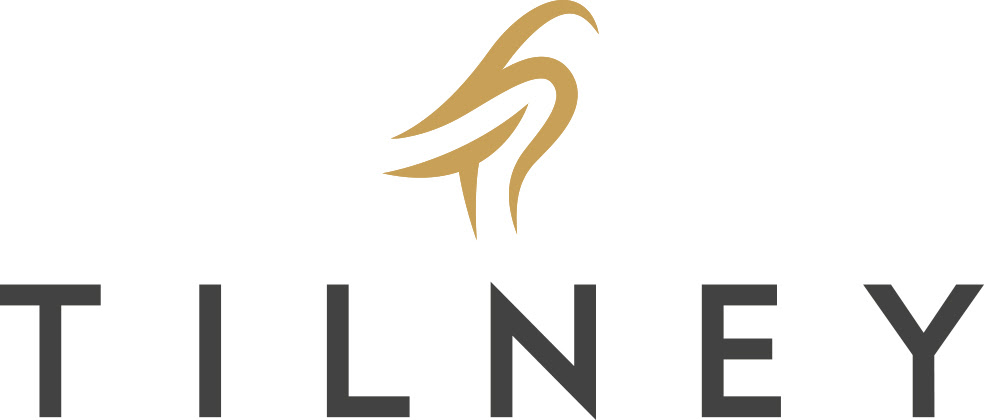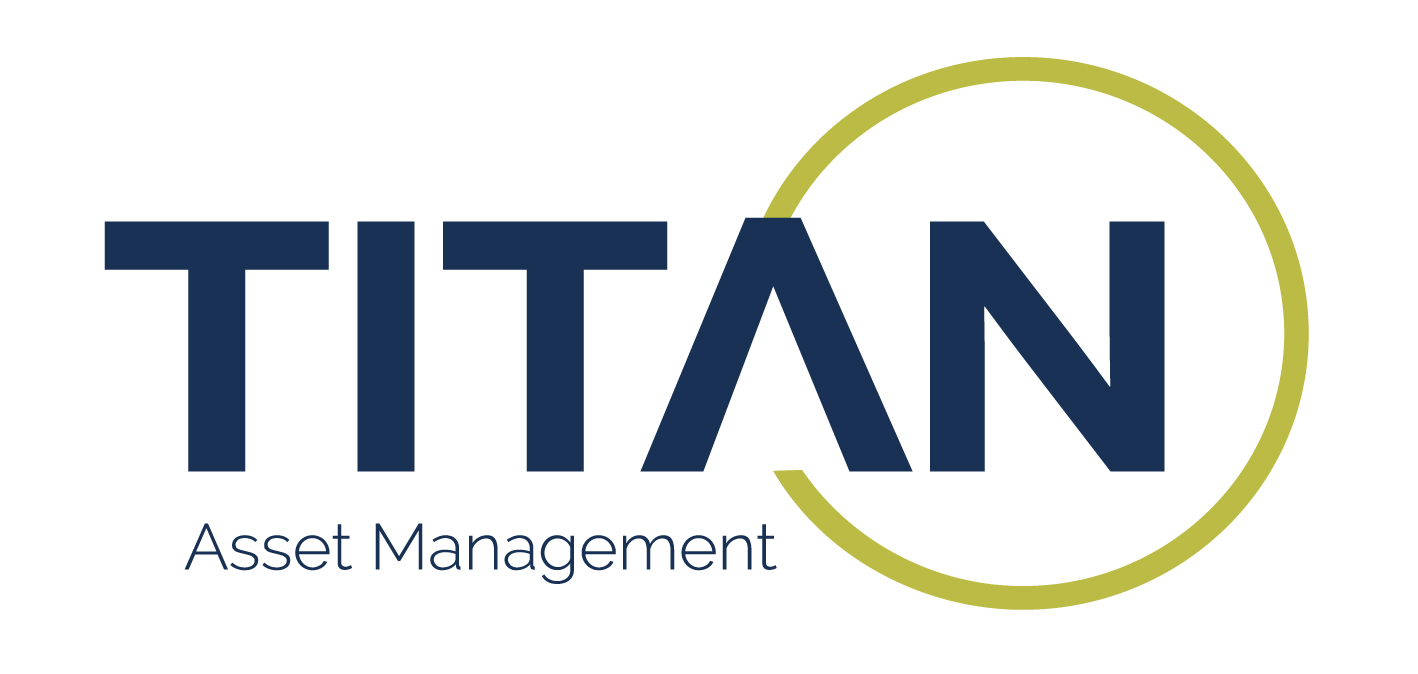Last month, UK asset manager Legal & General Investment Management (LGIM) launched a strategy, the L&G India INR Government Bond UCITS ETF (TIGR), that offers exposure to a segment of the market investors could not previously access.
The Indian local currency government bond market is still a niche area of fixed income but is starting to develop rapidly and is set to be added to JP Morgan’s wider emerging market index in 2022.
Raymond Backreedy, CIO, Sparrows Capital
LGIM is addressing a pretty niche investor base with this product, but one that may expand as JP Morgan adds Indian bonds to its GBI-EM indices. TIGR currently comprises of 14 INR denominated Indian Government Bonds with tenors ranging from three to 29 years, all of which have been made accessible to foreign investors.
Portfolio duration (which strangely does not seem to be published by LGIM) is low, although the portfolio is significantly barbelled, with maturities heavily clustered in the 2024-2030 and 2049-2050 ranges.
The short end, which represents around three-quarters of the portfolio, is essentially a currency play, while the long end is largely a play on domestic interest rates. Investors should take this construction into account in their risk assessment.
In the short term, TIGR is an index inclusion play and should see demand. We will need to see whether investors want to get quite so granular in their holdings over the longer term.
Verdict: No Buy
Allan Lane, founder and CEO, Algo-Chain
LGIM has shown a knack in delivering innovative ETFs which on this occasion is the first to offer exposure to Indian government bonds in their local currency. Given that India is considered a future superpower, it is surprising that no other similar products exist in the market today.
As an investor, innovation counts for nothing, instead what matters is the suitability of that ETF for inclusion in their portfolio. The good news is the index tracked provides a yield of about 6%, the bad news is it introduces currency risk.
Over the past decade though, the Indian rupee has depreciated against the US dollar by about 50%, so do the sums. If the net yield after factoring in foreign currency is circa 3% on a duration of six years, I think most managers would buy into that proposition.
What tips the balance into the buy camp is the fact that this ETF provides an extra source of diversification to one’s portfolio
Verdict: Buy
Andrew Limberis, investment manager, Omba Advisory & Investments
This is a really interesting launch and hopefully being first to market will pay off for LGIM. The attraction is two-fold: first, yields over 6% at a reasonable duration (six to seven years); second, the opportunity to have exposure to a market that currently has very low foreign ownership but with an expectation of this changing in years to come.
While it is too simplistic to brand this opportunity as the next China bonds, parallels can be drawn and there are many good reasons to be interested. The key risk lies in the Indian rupee and here, investors need to make an important call on the Fed, rates and inflation.
Verdict: Buy
Andrew Pottie, senior fixed income portfolio manager, Titan Asset Management
TIGR offers investors liquid access to, what we expect to be, the next big story in fixed income index inclusion.
Furthermore, the current yield compensation per unit of duration, given India’s credit rating, makes this ETF very attractive.
Time will tell whether the low correlation of India’s local currency government bond market to other emerging bond markets results from the low foreign ownership, which is likely to increase, or if this position truly provides diversification within a portfolio. We look forward to it growing to a suitable size.
Verdict: Buy
Ben Seager-Scott, head of multi-asset funds, Tilney Smith & Williamson
There is growing interest in emerging market debt as an asset class, especially local currency debt where asset prices tend to be sensitive to local monetary policy conditions rather than policy set by the Fed.
There is naturally growing appetite for more targeted options so TIGR – which is physically replicating so more retail friendly – provides a good solution for those seeking exposure to local currency Indian government bonds.
The cost at 0.39% may seem high to some but I would say is pretty fair given the targeted exposure. While it is not an area that I am looking to allocate to at the moment, I would be happy to have it in the toolbox to gain exposure to this market should the need arise.
Verdict: Buy
Peter Sleep, senior investment management, 7IM
The LAM Sun Zyfin India Sovereign Enterprise Bond UCITS ETF was the first European ETF to offer exposure to local currency bonds backed by the Indian government.
The Zyfin ETF was launched in 2016 but it closed after only a year. Strictly, Zyfin did not invest directly in government bonds like TIGR but it was very similar economically, with ultimately the difference being the ETF issuer’s name recognition and distribution.
I am not sure the market has moved that much in the last five years but LGIM has deep pockets and a large emerging markets local tracking business, which should reassure investors and may enable it to gain traction.
Verdict: No Buy
This article first appeared in ETF Insider, ETF Stream's new monthly ETF magazine for professional investors in Europe. To access the full issue,click here.
Related articles








